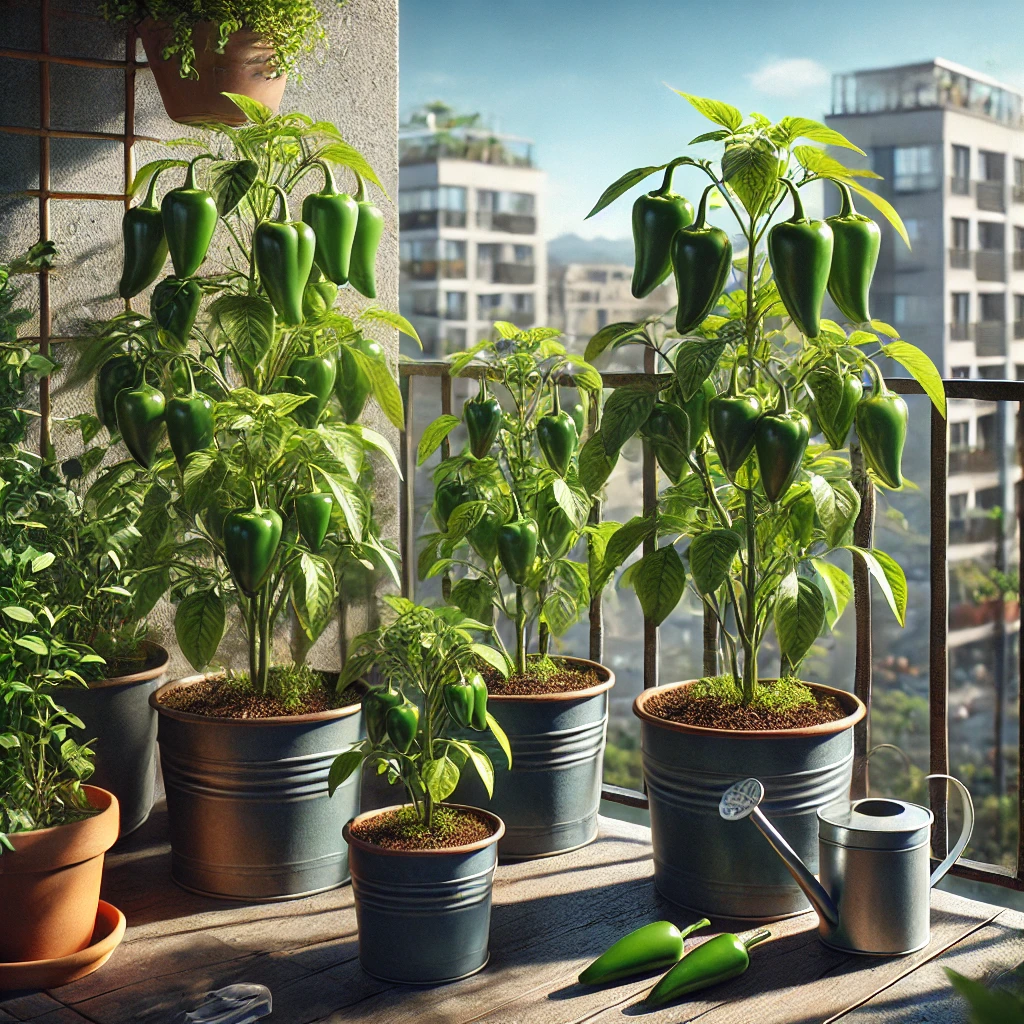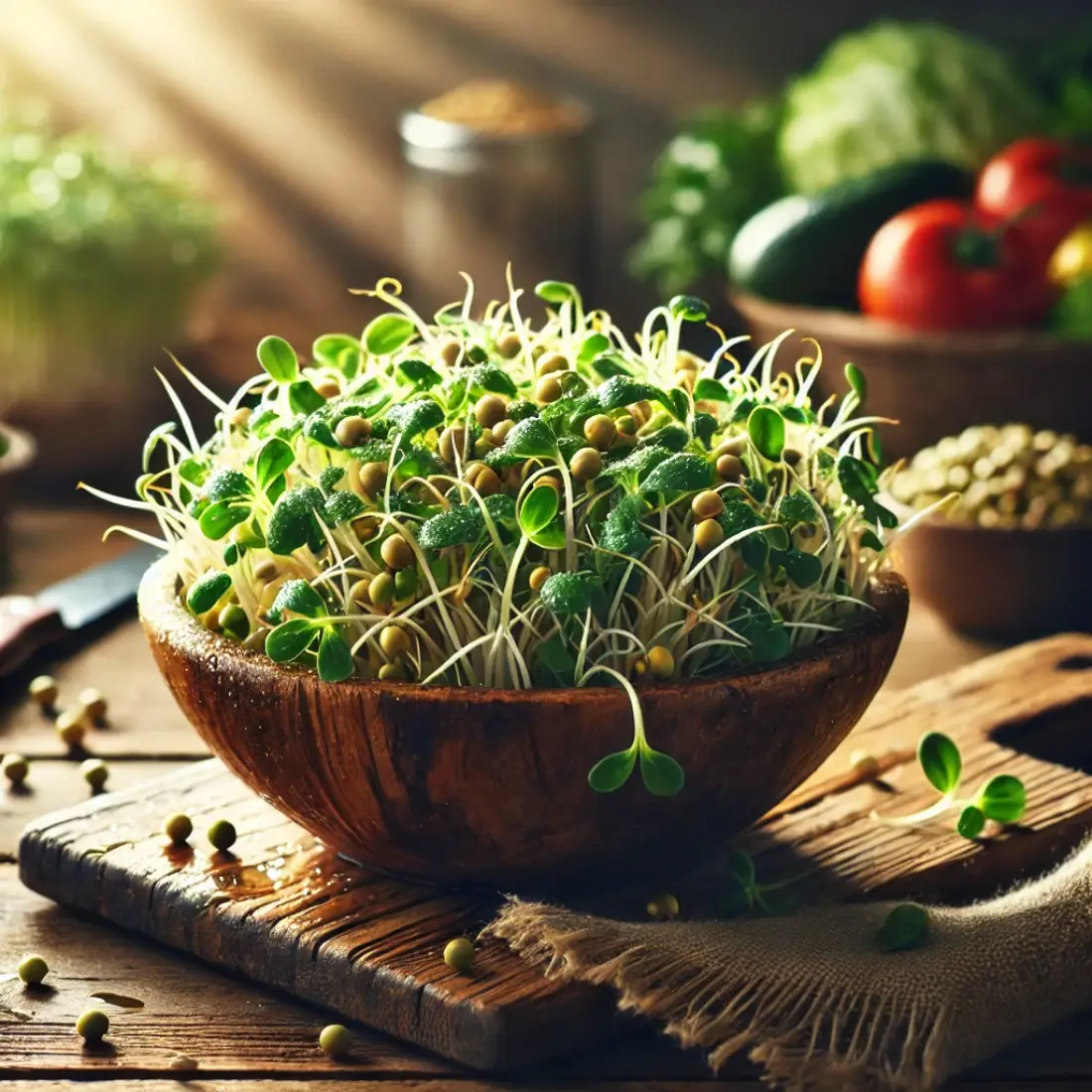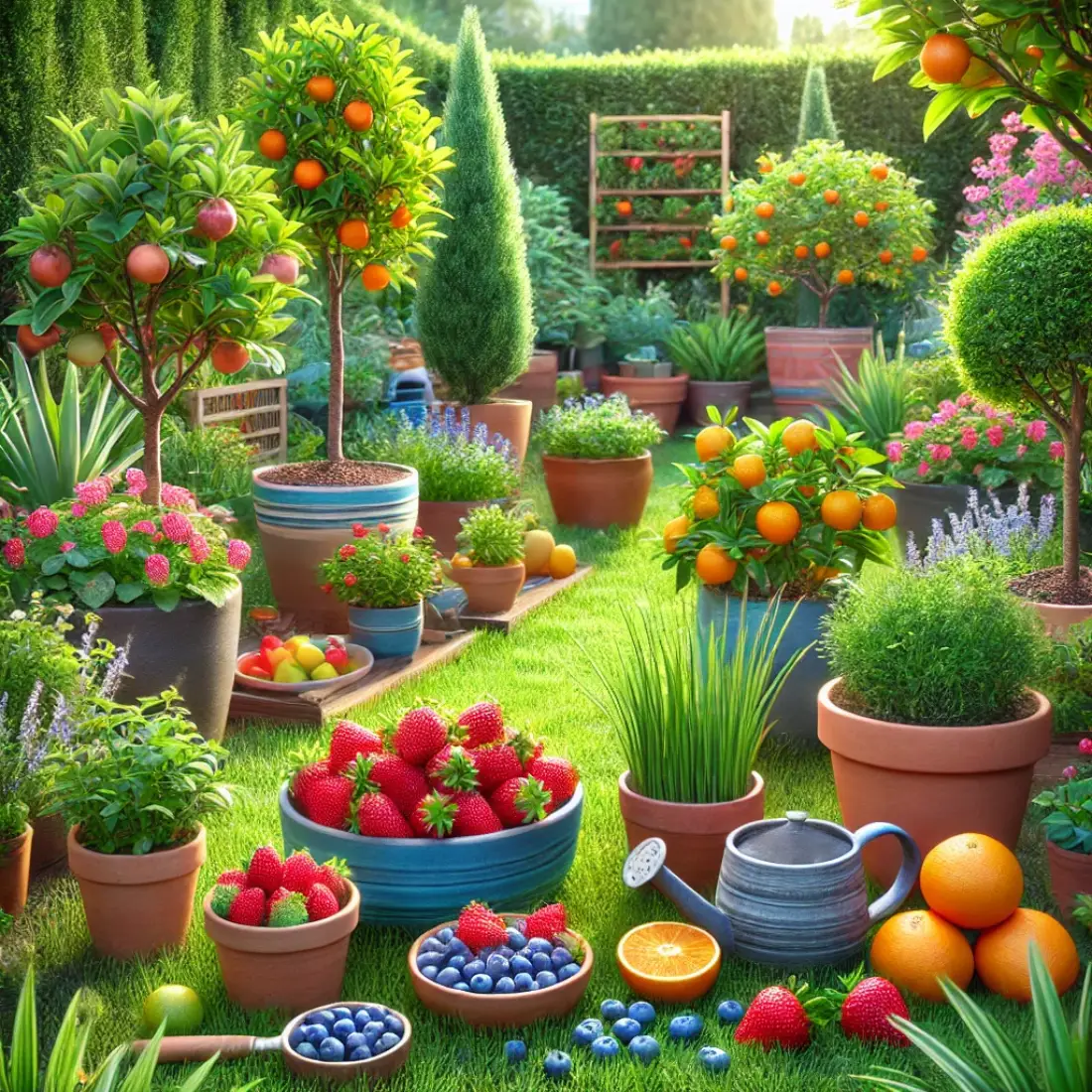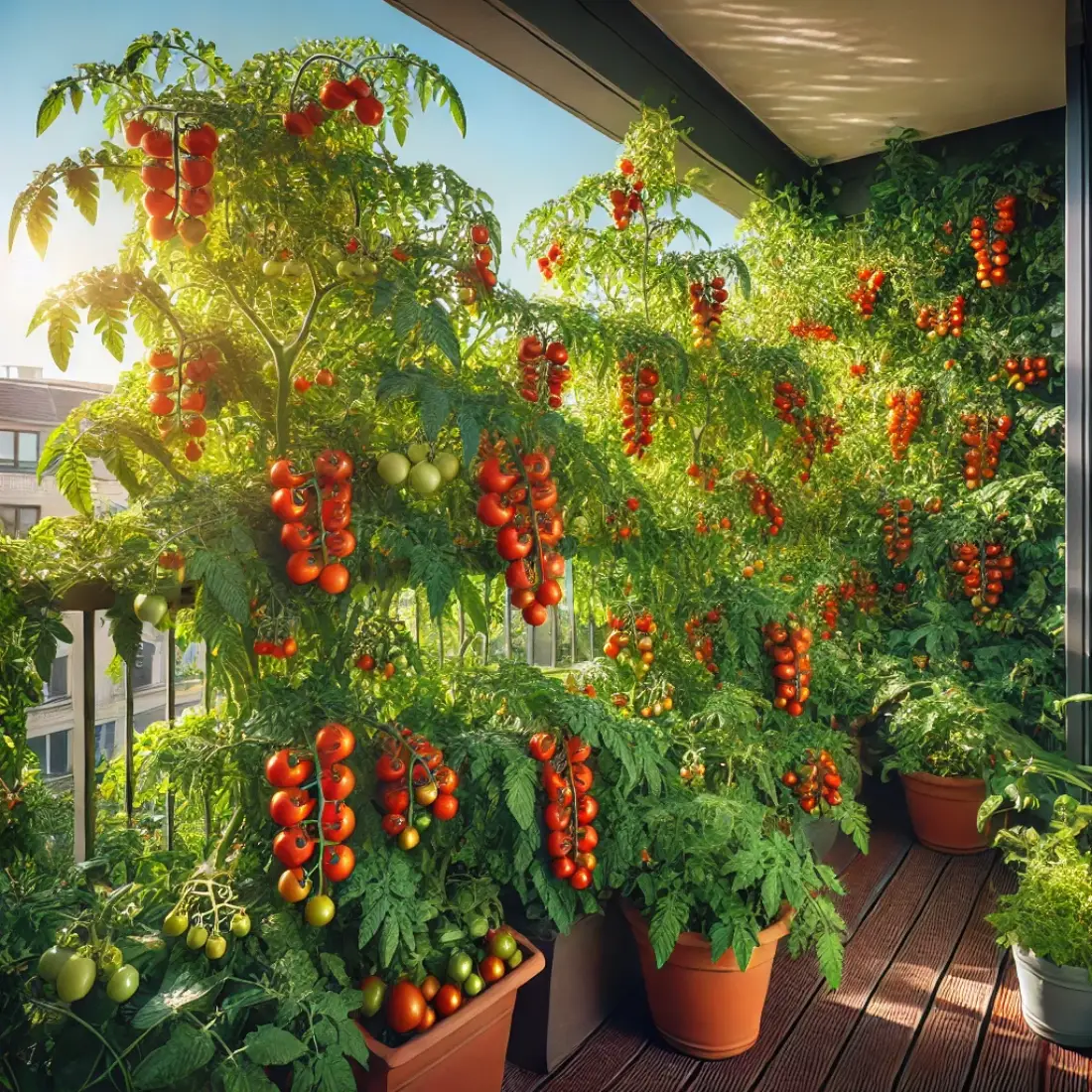Growing organic jalapeño peppers in containers is an excellent way to enjoy fresh, homegrown heat even if you have limited space. This method allows you to control the growing environment, ensuring that your peppers are free from harmful chemicals. Jalapeños thrive in well-draining soil, ample sunlight, and consistent care, making them a great choice for both novice and experienced gardeners.
- Growing jalapeño peppers in containers is ideal for small spaces, allowing for easy management and mobility.
- Use a container that holds at least 3-5 gallons with good drainage to prevent waterlogging.
- Opt for a nutrient-rich, well-draining soil mix with a slightly acidic to neutral pH (6.0-7.0).
- Jalapeños require at least 6-8 hours of direct sunlight daily, or use grow lights if indoors.
- Consistent watering is crucial—keep the soil moist but not soggy.
- Regularly fertilize with organic options like compost tea or fish emulsion for healthy growth.
- Prune and stake plants to support growth and improve air circulation.
- Watch for pests like aphids and diseases like root rot, using organic treatments when needed.
- Harvest peppers when they are firm and green, or let them ripen to red for a sweeter flavor.
Planting Jalapeño Peppers
Choosing the Right Container for Jalapeño Peppers
Choosing the right container for growing jalapeño peppers is crucial for their health and productivity. Select a pot that holds at least 3-5 gallons to provide ample space for root development. Ensure the container has multiple drainage holes to prevent waterlogging, which can lead to root rot.
Materials like plastic, ceramic, or fabric pots are ideal as they retain moisture while allowing for proper air circulation. The container’s depth should be around 12 inches or more, giving the plant enough room to grow and thrive.
Best Soil Mix for Organic Jalapeño Peppers
The best soil mix for organic jalapeño peppers combines well-draining, nutrient-rich components. Start with a base of high-quality organic potting soil, which is light and airy. Enhance it with compost or well-rotted manure to boost nutrient content and improve soil structure.
Add perlite or vermiculite for better aeration and drainage, crucial for preventing waterlogged roots. Aim for a slightly acidic to neutral pH level, ideally between 6.0 and 7.0. This balanced soil mix provides the essential nutrients and environment needed for healthy, productive jalapeño plants.
Selecting and Planting Jalapeño Pepper Seeds or Seedlings
When selecting and planting jalapeño pepper seeds or seedlings, start by choosing organic, non-GMO seeds from reputable sources to ensure healthy, chemical-free plants. If using seedlings, select strong, disease-free plants with vibrant green leaves.
You can start seeds indoors 8-10 weeks before the last frost date, planting them 1/4 inch deep in seed-starting mix. Keep the soil consistently moist and warm (70-80°F) to encourage germination. Once seedlings have two to three sets of true leaves and outdoor temperatures are reliably above 60°F, they can be transplanted into containers.
Plant the seedlings at the same depth they were growing in their nursery pots, ensuring they have enough space to develop strong roots. Space multiple plants at least 12 inches apart in larger containers. Water immediately after planting to help them settle into their new environment.
Light Requirements for Container-Grown Jalapeños
Container-grown jalapeños need at least 6-8 hours of direct sunlight daily to thrive. Position your containers in a sunny spot, such as a south-facing balcony or patio, to ensure they receive adequate light.
If growing indoors or in a space with limited natural light, use full-spectrum grow lights to supplement sunlight. Place the lights 2-4 inches above the plants and adjust as they grow to maintain optimal exposure. Consistent, strong light is crucial for healthy growth, fruit production, and preventing leggy, weak plants.
Caring for Organic Jalapeño Peppers in Containers
Caring for organic jalapeño peppers in containers involves consistent attention to watering, feeding, and plant maintenance.
Watering: Jalapeños need consistently moist soil but not waterlogged conditions. Water your peppers when the top inch of soil feels dry. In hot weather, you may need to water daily. Always water at the base of the plant to avoid wetting the leaves, which can lead to fungal diseases.
Mulching: Apply a layer of organic mulch, such as straw or compost, around the base of the plant. Mulching helps retain soil moisture, regulate temperature, and suppress weeds, all of which contribute to healthier plants.
Fertilizing: Feed your jalapeño plants every 2-4 weeks with an organic fertilizer, like compost tea, fish emulsion, or a balanced organic vegetable fertilizer. This helps maintain nutrient-rich soil and supports strong growth and fruit production. Be cautious not to over-fertilize, as this can lead to excessive foliage growth at the expense of fruiting.
Pruning: Regularly prune your jalapeño plants to encourage bushier growth and improve air circulation. Remove any yellowing leaves, and pinch off the top of the plant once it reaches about 12-18 inches tall to promote branching.
Staking: As the plants grow and start bearing fruit, consider using stakes or small cages to support the stems and prevent them from bending or breaking under the weight of the peppers.
By following these care practices, you can ensure your container-grown jalapeños remain healthy, productive, and organic.
Common Pests and Diseases in Container Jalapeño Peppers
Container-grown jalapeño peppers are susceptible to a variety of pests and diseases. Aphids, spider mites, and whiteflies are common pests that can damage leaves and stunt growth. Regularly inspect your plants, especially the undersides of leaves, and use organic insecticidal soap or neem oil to control these pests.
Fungal diseases like powdery mildew and root rot can also affect jalapeños. Powdery mildew appears as white, powdery spots on leaves, often due to high humidity and poor air circulation. To prevent this, ensure proper spacing between plants and avoid overhead watering. Root rot, caused by overwatering and poor drainage, can be fatal. Use well-draining soil and containers with adequate drainage holes to prevent it.
Blight is another concern, particularly in warm, wet conditions. Remove and destroy affected plant parts immediately, and apply copper-based organic fungicides as a preventive measure. By monitoring your plants closely and acting quickly, you can keep your jalapeños healthy.
Harvesting and Storing Organic Jalapeño Peppers
Harvest organic jalapeño peppers when they are firm, glossy, and about 3-4 inches long. For the classic green flavor, pick them once they reach full size but before they begin to turn red. If you prefer a sweeter, more mature flavor, allow them to ripen fully to a deep red.
Use scissors or a sharp knife to cut the peppers from the plant, leaving a small stem attached.
To store fresh jalapeños, keep them in the refrigerator for up to two weeks. For longer storage, consider drying, freezing, or pickling the peppers.
FAQs About Growing Jalapeño Peppers in Containers
How long does it take for jalapeño peppers to grow in containers?
Jalapeño peppers typically take 70-85 days from planting to harvest, depending on the variety and growing conditions.
Can I grow jalapeño peppers indoors?
Yes, you can grow jalapeños indoors as long as they receive at least 6-8 hours of strong light daily, either from natural sunlight or grow lights.
How often should I water container-grown jalapeños?
Water when the top inch of soil feels dry, usually every few days, but adjust based on temperature and humidity.
What type of fertilizer is best for organic jalapeños?
Use organic fertilizers like compost tea, fish emulsion, or a balanced vegetable fertilizer every 2-4 weeks.
How do I prevent pests on my jalapeño plants?
Regularly inspect plants and use organic pest control methods like neem oil or insecticidal soap at the first sign of pests.
Why are the leaves on my jalapeño plant turning yellow?
Yellowing leaves can indicate overwatering, nutrient deficiencies, or stress from pests or diseases.
Can I grow multiple jalapeño plants in one container?
Yes, but ensure the container is large enough (at least 10-15 gallons) and space plants 12 inches apart for optimal growth.
What should I do if my jalapeño plant stops producing fruit?
Check for stress factors such as insufficient light, poor pollination, or nutrient deficiencies, and adjust care accordingly.
Do jalapeño plants need to be pruned?
Yes, pruning helps improve air circulation, prevent disease, and encourage bushier growth.
How can I store jalapeño peppers for later use?
Store fresh peppers in the refrigerator for up to two weeks, or preserve them by drying, freezing, or pickling.











